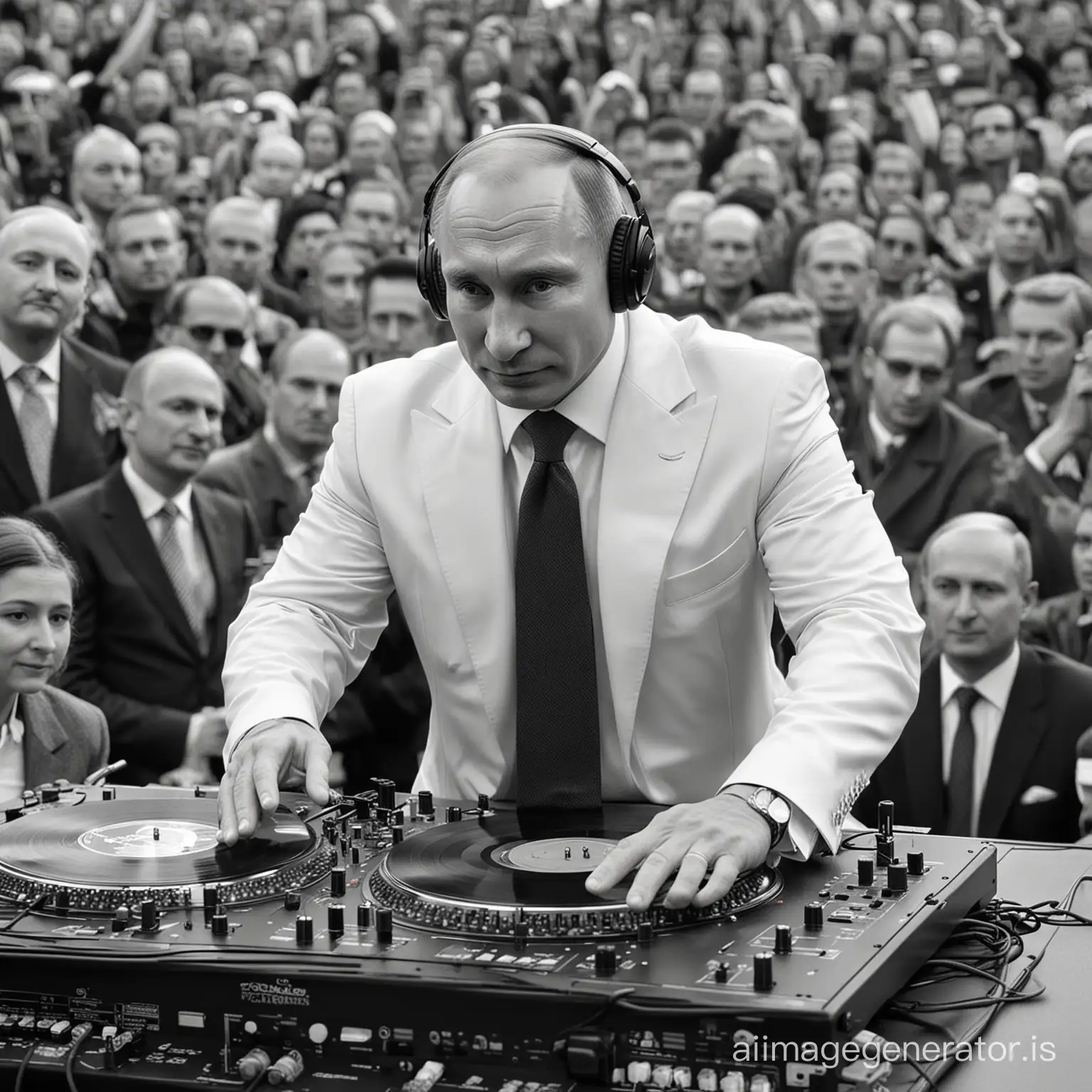Unleashing Your Inner DJ: A Guide to Choosing the Perfect Controller
Welcome to the dynamic world of DJing, where the perfect controller serves as your gateway to unleashing your inner maestro. As a DJ, your controller is not just a piece of equipment; it's an extension of your creativity and style. With the right controller at your fingertips, you can seamlessly blend tracks, create innovative mixes, and electrify any crowd that comes your way. In this guide, we dive deep into the realm of DJ controllers, exploring the key factors to consider when choosing the one that best suits your unique sound and performance preferences.
Whether you're a seasoned pro or just starting your DJ journey, the importance of selecting the perfect controller cannot be overstated. More hints is the tool that bridges your musical vision with the audience, enabling you to craft unforgettable sonic experiences. Join us as we demystify the world of DJ controllers, helping you navigate through the plethora of options available to find the one that resonates with your creative spirit and elevates your performances to new heights.
Types of DJ Controllers
In the world of DJ controllers, there are several types to choose from based on your preferences and needs. The entry-level controllers are compact in size, often feature basic controls, and are perfect for beginners looking to get started on their DJ journey. These controllers usually come with essential functions such as play, pause, cue, and basic mixing controls.
Moving up the ladder, intermediate-level DJ controllers offer more features and functionalities compared to entry-level ones. These controllers typically have additional effects controls, more advanced mixing capabilities, and sometimes built-in audio interface for seamless connection to your speakers or headphones. They provide a good balance between versatility and user-friendliness for DJs looking to enhance their skills and performances.

For the professional DJs or those who want the top-of-the-line gear, high-end DJ controllers are the way to go. These controllers are packed with advanced features like multiple channels, customizable pads and buttons, motorized jog wheels, and extensive connectivity options. They cater to the needs of experienced DJs and offer a wide range of tools to create unique and professional mixes.
Key Features to Consider
When choosing a DJ controller, the first key feature to consider is the number of decks it supports. Whether you prefer mixing with two decks or four decks, ensuring that the controller matches your preferred setup is essential for seamless performances.
Another important consideration is the size and layout of the jog wheels. Larger jog wheels provide better control and precision, while responsive touch-sensitive jog wheels enhance your ability to manipulate the music. A well-designed jog wheel layout can significantly improve your overall DJing experience.
Lastly, pay attention to the connectivity options offered by the DJ controller. Look for controllers that feature a variety of input and output options such as USB, XLR, and RCA connections. Having versatile connectivity ensures that you can easily integrate the controller into your existing setup and connect to multiple devices for a dynamic performance.
Setting Up Your DJ Controller
First, connect your DJ controller to your laptop using a USB cable. Make sure to install any necessary drivers or software that may be required for your specific controller model. Once connected, open your preferred DJ software and ensure that the controller is recognized and ready for use.
Next, familiarize yourself with the layout and functions of the DJ controller. Take a moment to adjust the settings such as volume levels, crossfader curves, and EQ settings to your preference. It's important to customize the setup to suit your style and workflow for a seamless mixing experience.
Lastly, test the functionality of your DJ controller by loading a track onto each deck and practicing basic mixing techniques. Adjust the jog wheels, faders, and knobs to get a feel for how they respond and interact with the software. Experiment with different effects and features to fully unleash the potential of your new controller.